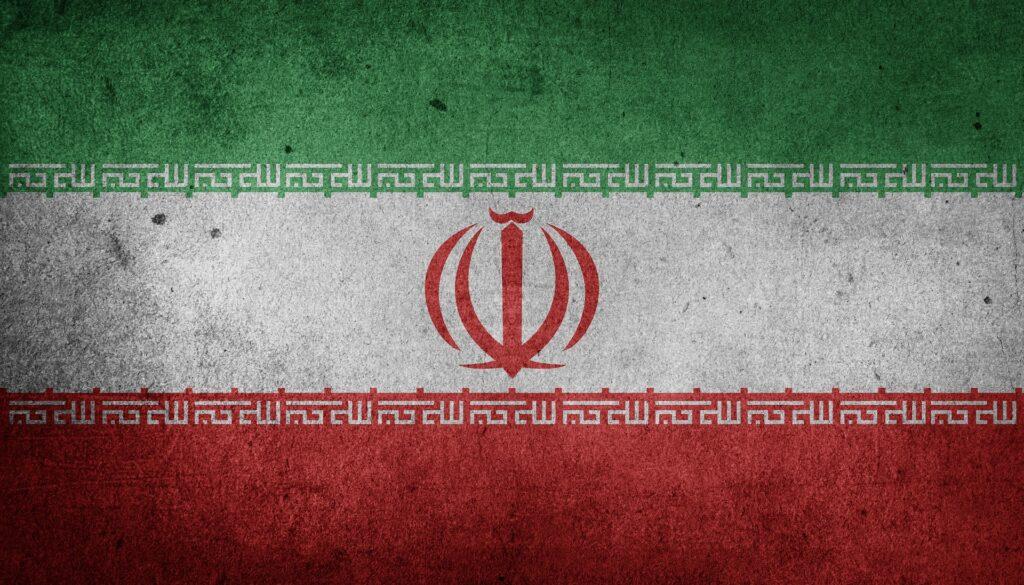Iran Nuclear Deal also known as the Joint Comprehensive Plan of Action , Iran is a member of NPT therefore it has an obligation as well as right. The obligation is that it should allow the inspection of its nuclear facilities by IAEA and it has to refrain from acquiring nuclear weapons, the right is to have access to nuclear technology for peaceful purposes.
During the cold war Iran was a close ally of the USA, in 1967 US President Dwight Eisenhower gave nuclear technology to Iran under the atoms for peace programme. In 1979, there was Islamic revolution Later Iran restarted their enrichment programme which was finally unveiled in the early years of the current century.
The international community asked Iran to stop enrichment and permit the visit of IAEA, when they refused to comply with the proposal, the sanctions were imposed . The purpose of the sanctions was to break the economy. In 2005,06,and 09 , India voted against them In IAEA consequently Iran canceled the deal for liquefied natural gas.
In 2010,Obama administration brought a legislation with the name CISADA (Comprehensive Iran Sanction and Accountability Divestment Act) ,the purpose of this legislation was to prevent the business engagement with the Iranian companies. At this juncture India adopted a stand that it will impose only those sanctions which are routed through United Nations after that they were asked to open an account, in that account payment was made for oil in Indian currency.
When the Obama became the president for the second time he wanted to leave a legacy and at the same time US was looking to substitute Saudi Arabia in west Asia. In these circumstances the talk started between Iran and P5+1 countries which culminated in a nuclear deal in July 2015.
The Important Location Of Iranian Nuclear Programme

- Sagand – it is the main uranium production center.
- Natanz – it is the main enrichment center.
- Fordo – also an enrichment center.
- Bushehr -here Russia has constructed the first Iranian nuclear reactor, it is a pressurized water reactor.
- Arak – at this place they constructing its first reactor.
The Restrictions Imposed By Joint Comprehensive Plan Of Action Are
- They will not have any stock of uranium enriched beyond 20 %. Of the total low enriched uranium( 7500 kg) and can keep only 300 kg.
- It can enrich only up to 3.67 %.
- At the time of the deal Iran was having approximately 20000 centrifuges out of them it can keep only approximately 30%.
- The proposal from the P5+1 country was that Iran should stop the construction of the reactor at Arak. The argument was from the spent fuel produced from this reactor plutonium can be reprocessed in the end they were allowed to construct the reactor but with following conditions:
- It has to change the design of the core so that it has very little conversion of U238 into plutonium 239.
- It will never develop any type of reprocessing technology nor will it obtain it from other countries.
- Whatever spent fuel is produced from the reactor that has to be shipped out.
- There will be no obstruction when it comes to inspection by IAEA.
- The historical aspects of the Iranian programme will be dealt with separately.
After becoming president Donald trump announced the withdrawal from the deal on the following grounds :
- They can pursue nuclear weapons once the deal expires.
- It does not cover ballistic missiles.
- They are supporting terrorist organization like Hezbollah.
- They are influencing the countries in the region.
After that US congress passed Countering America’s adversaries through the sanction act (CATSA). The law became effective from 4th November 2018 but India and some other countries were exempted from the sanctions for 180 days. This extension was over 2nd May 2019. The US is insisting that India should bring down its oil imports from Iran to Other countries like France, Russia are trying to somehow save the deal. If the US goes for military strike then it will definitely have negative repercussions for India.
Implications For India

Connectivity and Strategic
In May 2016, India signed an agreement with Iran for developing the Chabahar port which will be connected to the Isfahan on Iran Afghan border and then it will be connected with Zaranj – Delaram highway built by India in Afghanistan.
In future this highway can be extended to Tajikistan. Since 2001, India, Iran and Russia have been pursuing the International north south transport corridor that will connect Arabian Sea with Russia .This corridor will cut down the route length of Indian exports by almost half and there will be a corresponding reduction in the transportation cost.
India has joined the Ashgabat Agreement to connect the landlocked central Asian countries with the ports in Iran and Oman. In Iran one of the 3 ports under Ashgabat will be Chabahar and in Oman one of the 3 ports will be Duqm. Ashgabat agreement is for creating multi modal corridor that will open up new markets for Indian exports.
Chabahar is significant for the following reasons as well :
- It is just a few kilometers from Gwadar.
- India’s strategy is that in future Afghanistan should not use the port of Pakistan for import and export; therefore it can be one of the alternatives.
- India wants to play the role of net security provider in Indian Ocean region Chabahar along with Duqm and the islands of Mauritius and Seychelles will play a vital role in that.
- India’s strategy is that it will join all the connectivity projects except BRI of China.
- Chabahar is also important from the point of view of energy imports, for example Uzbekistan and Kazakhstan will export uranium to India; it can be easily brought to India.
- Russia is laying down a pipeline to bring the gas from Siberia to China .Indian proposal is that Russia should bring this pipeline all the way to Chabahar, from there India will bring it to its coast.
- CAATSA has exempted Chabahar from the sanctions.
Energy Relations
- Upstream investment : India wants to move beyond buyer seller relationship and it was Iran to allocate oil and gas fields of its companies but because of sanctions there was an upper limit for the investment as a result nothing substantial worked out.
- Gas swap : It involves India, Iran and Turkmenistan. Turkmenistan will supply a certain quantity of gas to Iran which is meant for India, then they will supply that much additional gas to India. The purpose is to engage as many countries as possible.
- Liquefied natural gas : Oman will supply gas for Iran; Mumbai based South Asia gas enterprise has submitted a detailed project report for laying down an undersea pipeline to bring the gas to the Indian shore.
- Buyer-Seller relationship : Iran is one of the top 5 suppliers of oil to India, it accounts for around 11% of Indian oil requirement .besides that they are also helping India to maintain the strategic reserves of petroleum, the arrangement is Iranian supplies crude oil to India which is refine by Indian companies which gives Indian refineries an option to export other types of petrochemicals.

